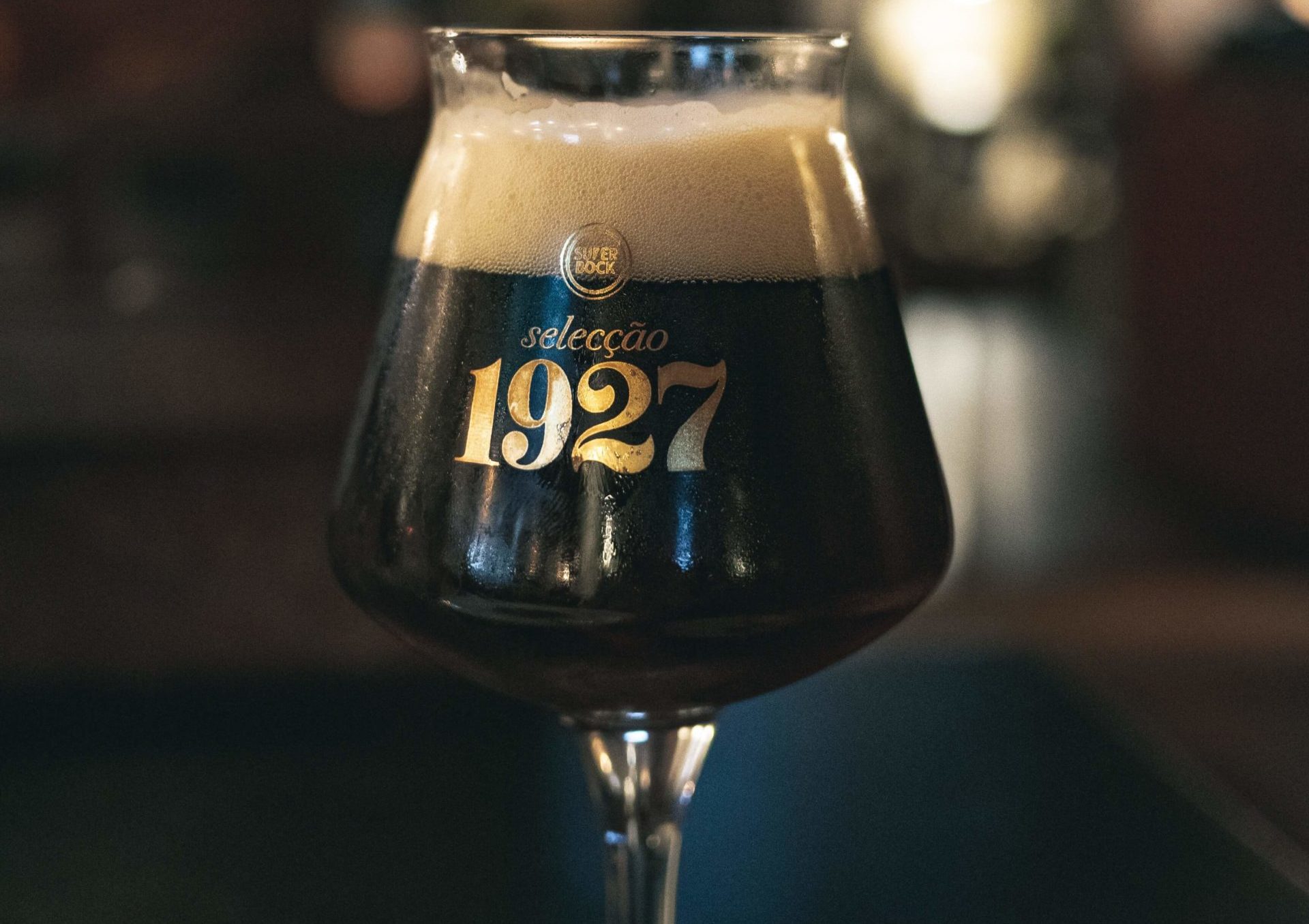Let us start with a disclaimer. There is no “right” or “proper” way to drink a stout.
If you like to let it breathe for an hour before partaking, great. If you prefer to shotgun it out of the can, feel free. We won’t fault or shame you for how you want to drink a beer, but our intention is to provide some tips for enjoying a stout in a way that brings out the more subdued flavors that might otherwise go unnoticed.
How? Well, let’s start by talking about what a stout is.
What makes a beer a stout?
Stout is one of our favorite beer styles, known for its dark color and roasted flavors. The dark color is the result of mashing the beer with grains (malts and barley) that are roasted, which can bring out flavors like chocolate and coffee.
Inside of the general stout category, there are two broad styles — English or American. An English stout features a dry, bitter finish driven mostly by the grains used and the way it is fermented. An American stout is slightly more bitter because, by contrast, it’s usually more hop-forward.
Diving deeper into the “stout pool,” there are a range of flavors and profiles that these dark beers can offer depending on the ingredients used and the grain bill. Oatmeal stouts feature oats, as you might have guessed. Milk stouts or “sweet stouts” add lactose (milk sugar), which makes the beer creamier in body. Imperial stouts pack more of an ABV punch. And then there is the Irish dry stout like Guinness.
Barrel-aged stouts are also extremely popular, in which barrel aging brings in the flavor of the spirit and the oak notes of the barrel.
Historically, there’s not a great distinction between what we call a stout and what we call a porter. Stouts were typically thickest and darkest of beers.
In the 1700s, England coined the term “stout” to describe the higher ABV and more flavorful iteration of a beer — any beer. Strong porters were then called “stout porters.” But people got tired of using two words for what could be one so the term shortened to simply “stout.”
Normally, it’s a safe bet to assume the darkest of beers are stouts (if they aren’t porters), but you cannot always rely on that. As in all things craft beer, there are exceptions. The blonde stout, a style ever-increasing in popularity, features stout-like flavors while still remaining light yellow or blonde in color.
When in doubt, ask your friendly neighborhood beer tender what you’re drinking if you aren’t sure.
How to drink a stout (properly)
Getting the full flavor out a stout is a temperature game. We’re going to spend most of our time talking about that, but, first, let’s pour.

If you are particular about your glassware, choose a pint glass, tulip, or goblet for your stout pour.
There are specific glasses crafted uniquely for stouts, but stouts, to us at least, can be experienced in a variety of glassware as long as the glass is not too thick or insulated and has a wide enough opening to release all the aromas of the beer.
Pouring can be more challenging if you choose a stout that is nitrogenated in a can like Guinness. Be mindful of what the specific style of stout you are pouring advises and take direction there.
For the majority of stouts, you’ll be instructed to “pour hard.” The intent of pouring aggressively is to create more head (foam) on the beer as you pour as some stouts are carbonated at a lower level than other beer styles when bottled or canned.
Now that your beer is in the glass, the real challenge begins. Warmth is our friend. Drinking a beer too cold can really mute the flavors and intricacies that the brewer intended to share. In fact, drinking a stout too cold can warp the flavor.
When extremely cold, stouts can come off as more bitter than intended. So please wait for your stout to warm a little in the glass prior to taking that first sip.
Like red wine, allowing your stout to warm after pouring will bring out a lot more character. You’ll be able to taste the depth of the malt sweetness and capture aromas of chocolate, coffee, dark fruit, or caramel you might otherwise have missed.
If you want to be exact, a common recommendation is to enjoy a stout at around 45 to 50 degrees Fahrenheit. A higher ABV imperial stouts could be at peak flavor between 55 and 60 degrees.
It’s really up to you where you’d prefer to start your stout experience, but we’d advise letting it warm to approximately 42 to 44 degrees Fahrenheit before you whenever possible.
This is easy to do at home where you can entertain yourself with other things and other beers. It’s a bit more challenging to do at your favorite beer bar or taproom.
Unfortunately, most craft beer establishments would be run out of town if they tried to keep all their beers as warm as 45 or 50 degrees on the regular. IPAs and lighter beers would suffer at that temperature. So when out and about, you’ll have to give your stout a little time to settle and warm upon receiving it.
With the temperature on point, you’re going to taste the best your stout has to offer. If you’ve never tried this, we recommend giving it a go with your favorite stout to see if you can pick out how the flavors change when you warm it up. Maybe you could try it with some Café Au Lait from On Rotation?
Let us know how your tasting experience goes and any other tips you’ve found to enhance your stout drinking experience. Happy stouting!


Leave a Reply or Comment